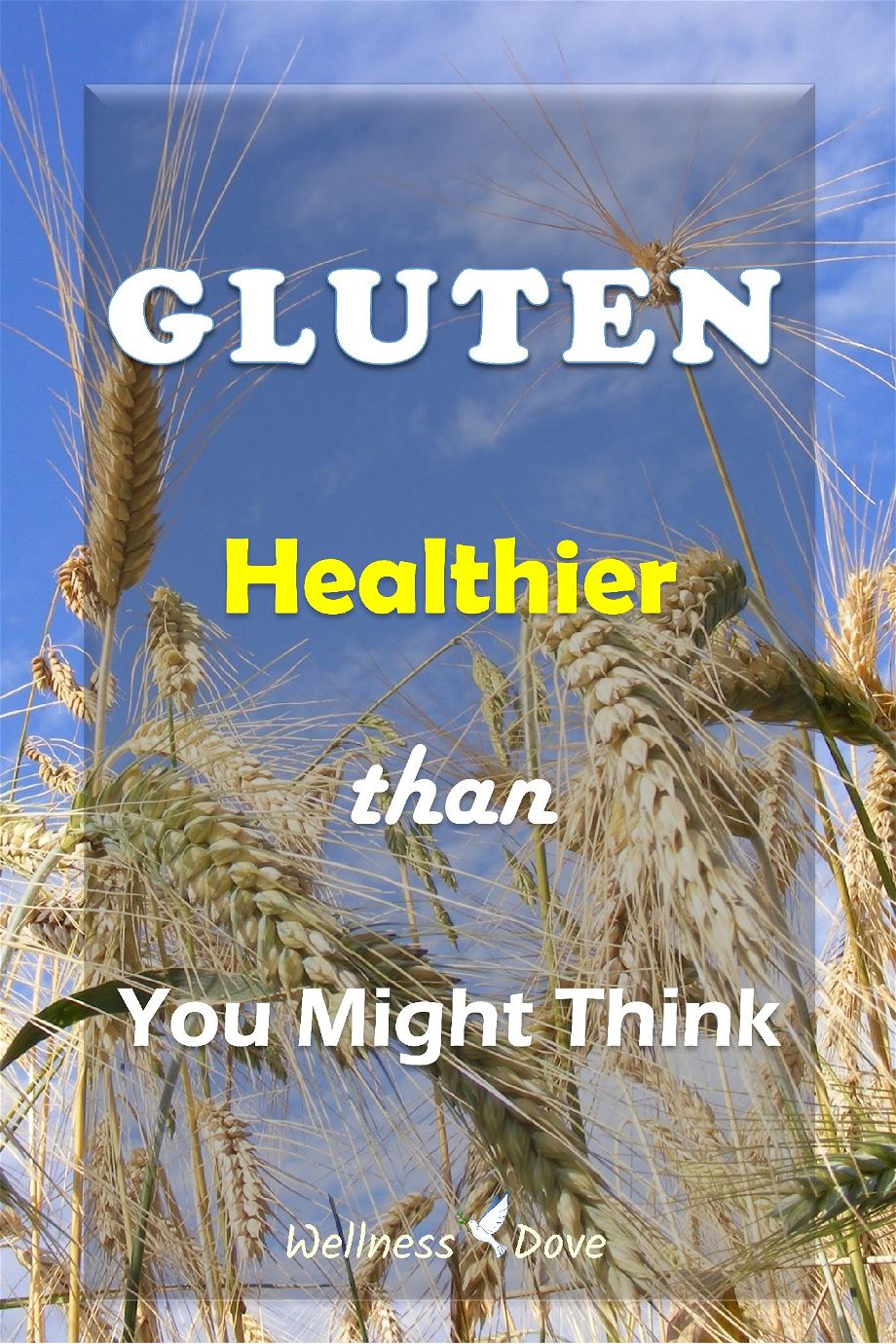
Gluten is a humble protein in wheat that makes bread rise.
It has also become a culprit for the worsening health of our society.
Gluten-free foods are becoming a common sight not only in health stores but in any given supermarket.
And for a good reason – gluten can truly be the reason why you have allergies, asthma, autoimmune diseases or else.
Should you forget about your favorite bread then?
Thankfully, the answer is NO!
Poor old gluten is not to blame. What we have done with the wheat mother nature gave us, is!
If you want to know how gluten can be unhealthy for you, check out our Is Gluten Harmful and Should You Avoid it? article.
Post Contents
Why gluten has become the villain

The gluten over abuse
Gluten is the reason bread rises, becomes tasty and fluffy.
The more gluten we have in our bread, the fluffier it will be.
That is why many bread makers add gluten as an additive to breads and pastries to make them fluffier.
You can imagine that we were not designed to handle such abnormal amounts of gluten and we become sensitized to it.
Hybridization of wheat
One of the reasons why humans today have more than enough to eat is because we have selected those plant species that give the most yield.
Have you seen wild apples? Small and bitter they are, aren’t they?
To improve our chances of survival, we have cultivated those species that produce big, juicy and sweet apples that satiate us better.
It is the same story with wheat.
Modern wheat did not exist a couple of centuries ago.
Through breeding, we have, in essence, created new varieties of wheat that produce much higher yield than the ancient wheats.
In the case of wheat, however, the higher the yield, the higher the gluten content.
Not only that but the gluten itself is different.
Modern wheat gluten has a different molecular structure in comparison to the ancient wheats. It has 42 chromosomes compared to 14 in einkorn, one of the original wheat varieties. And this is not the only genetic difference modern wheat has compared to its ancestors.
The upshot, however, is this: not only do we increase the gluten content of our foods by artificially adding more but the actual wheat we consume has more gluten than the original wheats mother nature created.
Whole grains’ demise
Today we consider white flour the “normal” flour. Wholegrain has become an exotic word those health nuts use…
And it makes complete sense that it has become so.
White flour, just as white sugar, is addictive.
Such simple sugars are hard to come by in nature and our brains consider them a rare and precious find. Thus, we cannot get enough of them.
As all addictive substances, white flour is not good for us in a myriad of ways, one of which is that it is even higher in gluten than the unnaturally high gluten whole wheat.
That is because white flour is made by essentially stripping off everything away from the grain. What is left are mostly the simple sugars and the gluten.
Therefore, you can pack more gluten per pound in white flour that in wholegrain flour.
Back to nature and tradition
A century ago, probably nobody ate the gluten-rich white breads we enjoy today.
People ate whole grains in their original form. Bread was a staple food.
Today, we have drifted apart from our ancestral ways and we are paying the price with our health.
That’s what the gluten-free craze addresses, really.
We think that it is prudent to avoid gluten and stick to ancient wheat varieties.
You can explore in more detail our take on that in our Is Gluten Harmful and Should You Avoid it?
Anyway, seek health consciously, always!



